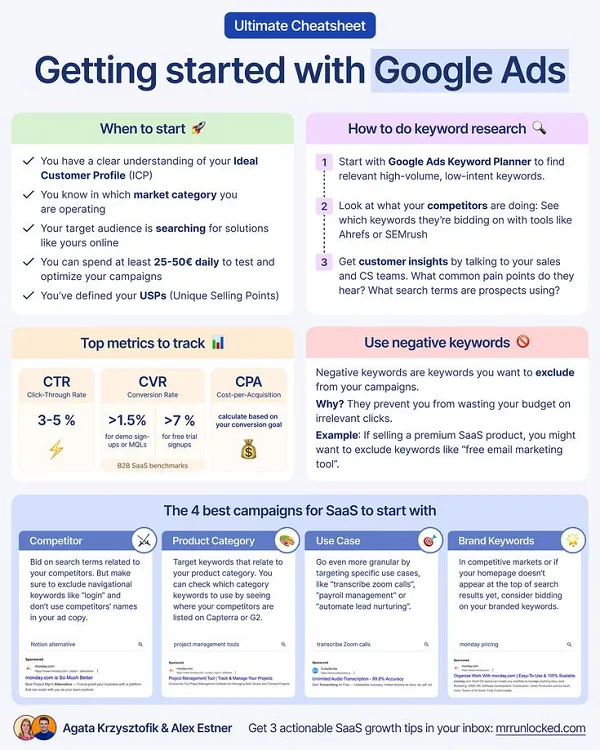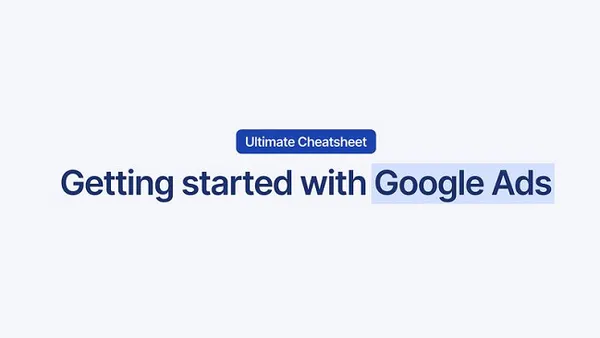Google Ads remains one of the most powerful tools for businesses looking to grow online. Whether you are a small business owner or a marketing professional, understanding how to get started with Google Ads is essential. This advertising platform helps brands reach potential customers right when they are searching for products or services. By learning the basics of keyword research, campaign setup, and performance tracking, you can unlock consistent growth opportunities for your business.
In this guide, we will explore everything beginners need to know about getting started with Google Ads. From selecting the right campaign type to understanding critical metrics, this step-by-step overview will help you build effective advertising strategies.
Why Getting Started with Google Ads Matters
The digital marketplace is highly competitive. Consumers use Google every day to find solutions, products, and services. If your business is not visible in these searches, you are missing valuable opportunities. Google Ads ensures your brand appears at the top of search results, giving you immediate exposure to people actively looking for what you offer.
Unlike traditional advertising, where targeting is broad, Google Ads allows you to focus on specific audiences, locations, and interests. This precision makes your budget more effective and ensures you reach customers most likely to convert.
Setting Clear Goals Before Running Google Ads
Before launching a campaign, it is important to define what you want to achieve. Common goals include:
- Increasing website traffic
- Driving more sales
- Generating leads
- Promoting special offers or events
- Raising brand awareness
Clear objectives allow you to choose the right campaign type and measure performance accurately. For example, if your goal is lead generation, you might focus on campaigns that encourage sign-ups or form submissions.
Keyword Research: The Foundation of Google Ads
Keyword research is the backbone of successful advertising on Google. These are the words or phrases users type when searching for solutions online. Choosing the right keywords ensures your ads appear in front of relevant audiences.
Steps for effective keyword research:
- Brainstorm core terms related to your products or services.
- Use keyword planning tools to find high-volume, low-competition keywords.
- Focus on intent—prioritize keywords that indicate buying interest rather than general browsing.
- Organize keywords into groups for targeted ad campaigns.
Along with positive keywords, it is equally important to identify negative keywords. These prevent your ads from showing on irrelevant searches, saving budget and improving click-through rates.
Choosing the Right Google Ads Campaign Type
Google offers multiple campaign types, each serving different business goals. Beginners should understand the key options:
- Search Campaigns: Ads appear in Google search results, ideal for capturing intent-driven leads.
- Display Campaigns: Visual ads across websites and apps, suitable for brand awareness.
- Shopping Campaigns: Showcase product images and details, designed for e-commerce businesses.
- Video Campaigns: Ads on YouTube and partner platforms, powerful for storytelling and engagement.
- Performance Max Campaigns: Automated campaigns that run across all Google channels for broader reach.
Selecting the right campaign depends on your objectives. For example, a service provider might focus on search campaigns, while an e-commerce store may benefit from shopping ads.
Crafting Compelling Google Ads Copy
Ad copy plays a major role in driving clicks. Your headlines and descriptions should be clear, concise, and benefit-driven. Use strong action words and highlight what makes your offer unique. A compelling call-to-action, such as “Shop Now” or “Get Started Today,” encourages immediate engagement.
Keep in mind that relevance is key. Ads must match the keywords and lead to landing pages that deliver on the promise. Mismatched ads create poor user experiences and increase bounce rates.
Tracking Key Google Ads Metrics
Running ads without tracking performance is like driving blind. Google Ads provides detailed metrics to measure success. Beginners should focus on:
- Click-Through Rate (CTR): Shows how often people click your ad after seeing it.
- Conversion Rate: Measures the percentage of users completing desired actions, such as purchases or sign-ups.
- Cost Per Click (CPC): Average amount paid for each click.
- Quality Score: Google’s rating of your ad relevance and landing page quality.
- Return on Ad Spend (ROAS): Determines whether your campaigns are profitable.
Regularly monitoring these metrics helps you optimize ads for better performance.
The Role of Negative Keywords in Google Ads
One mistake beginners often make is overlooking negative keywords. These are search terms you exclude from campaigns. For instance, if you sell premium furniture, you may want to exclude “free furniture” to avoid irrelevant traffic. Using negative keywords improves targeting, reduces wasted spend, and ensures your ads reach the right audience.
Budgeting and Bidding Strategies
Google Ads allows flexible budgeting, making it suitable for both small and large businesses. Start with a manageable budget and increase it as you see results.
Bidding strategies include:
- Manual CPC: You set the bid for each keyword.
- Automated Bidding: Google adjusts bids to maximize conversions.
- Target ROAS or CPA: Optimizes for profitability and cost-efficiency.
Choosing the right strategy depends on your goals and level of experience. Beginners often start with automated bidding before moving to more advanced options.
Optimizing and Improving Campaigns
Launching ads is only the first step. Continuous optimization ensures long-term success. Review search terms, adjust keywords, test different ad copies, and refine targeting. A/B testing landing pages can also reveal what works best for conversions.
Remember, Google Ads is not a set-and-forget tool. The most successful advertisers consistently monitor performance, make small adjustments, and scale strategies based on results.
Final Thoughts on Getting Started with Google Ads
Getting started with Google Ads may seem overwhelming at first, but with the right strategy, it becomes a powerful growth driver. From keyword research and campaign selection to tracking performance and optimizing ads, each step contributes to building a strong advertising presence.
For beginners, the key is to start simple, set clear goals, and learn from ongoing results. Over time, your campaigns will become more refined, delivering better returns and helping your business thrive in a competitive digital marketplace.





